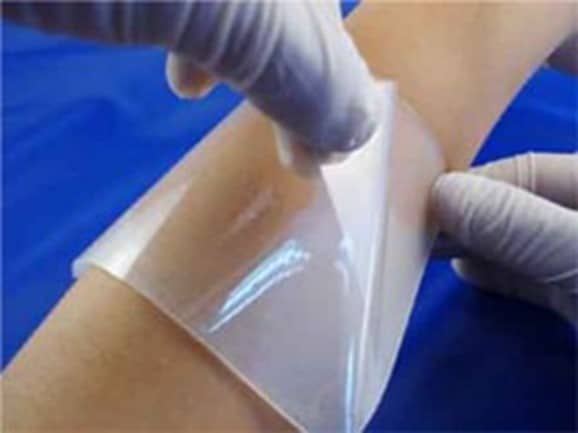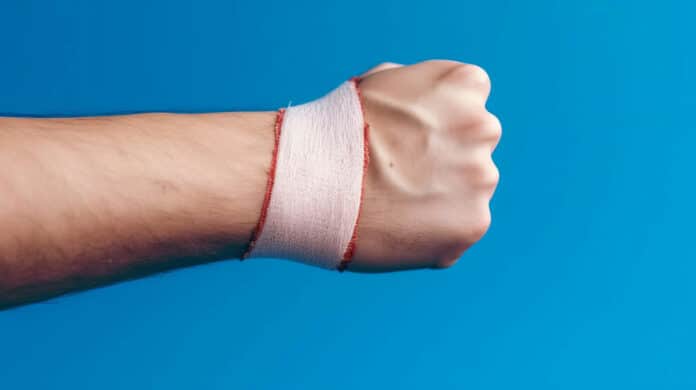Catechol amines that are bioinspired, like dopamine (DA), are commonly used as tissue adhesives in wound care. Due to the low conjugation efficiency of the polymer backbone and the slow oxidation rate, the development of DA-based adhesives still needs to be improved.
In light of this, a group of Korean academics, under the direction of Associate Professor Kyung Min Park of Incheon National University, set out to discover a workable way around these restrictions. They developed a new strategy to produce DA-containing tissue adhesive gelatin hydrogels.
They developed a new type of gelatin-based tissue adhesive hydrogel that locally generates oxygen through a reaction mediated by calcium peroxide, which improves the adhesiveness of the material and greatly enhances the healing process.
Their method is based on adding calcium peroxide (CaO2) as an ingredient to the hydrogel solution, which results in oxygen-generating tissue adhesives (GOTs) that are based on gelatin. This substance combines readily with water to produce molecular Oxygen (O2), which helps DA molecules oxidize and promotes DA polymerization and wound healing.

Dr. Park explained, “Oxygen is a critical metabolic substrate or signaling molecule in the body. In particular, hyperoxia, which means high oxygen concentration, has been demonstrated to facilitate wound healing processes and tissue regeneration by promoting cell proliferation, blood vessel formation, and wound remodeling.”
The scientists also performed in vivo and in vitro tests to show how their GOTs enhanced neovascularization, blood closure, and coagulation. In addition to producing Oxygen, these GOTs made it simple to regulate the mechanical and gelation characteristics, resulting in robust tissue adhesion in the 15–38 kPa range.
Surprisingly, these GOTs are the first bioadhesive known to exist and the first tissue adhesive substance to produce Oxygen. The study team is optimistic that the GOTs will be an affordable option for managing wounds in a clinical context.
Dr. Park said, “We would like to pursue clinical trials and commercialization of this material through follow-up research and ultimately contribute to improving the quality of human life by developing next-generation tissue adhesive materials that can be applied to humans.”
Journal Reference:
- Sohee Lee, Jeon Il Kang, Yeonjeong Kim, Kyung Min Park, et al. Oxygen-generating tissue adhesives via CaO2-mediated oxygen generation and in situ catechol oxidation for wound management. Composites Part B: Engineering. DOI: 10.1016/j.compositesb.2023.110951
